Over the last couple of years, Lava has put out some incredible midrange smartphones. Its Blaze and Agni series pay special attention to hardware, bringing premium features like curved displays and glass back panels to the sub-Rs 20,000 price segment. The third iteration in the Agni series was launched last month at an introductory price of Rs 19,999. It currently retails for Rs 22,999. One of the interesting things about this smartphone is the additional AMOLED display alongside the camera panel. While some are quick to dismiss it as a gimmick, we think that Lava might be on to something here. We got our hands on the smartphone last month and used it for a week to see what the fuzz is about. Here is our in-depth review of the Lava Agni 3.
Read Also: KRAFTON India will encourage Indie game creators and showcase upcoming games at India Game Developer Conference 2024
Lava Agni 3 Review: Design and Displays
Here’s what you get inside the Lava Agni 3’s retail box:
- Smartphone
- Power adapter
- USB Type-C to Type-C cable
- Clear plastic case
- SIM ejector
- Warranty card
The Lava Agni 3 truly stands out in terms of design. 3 crucial design elements bring a lot of personality to the device. Let’s start with the back panel. Lava’s decision to stick with a glass back panel reassures its commitment to cutting-edge hardware. This glass back has a matte finish. The triple rear cameras are arranged in an iPhone-inspired triangular layout inside a two-step glass panel.
This glass panel also accommodates a 1.74-inch AMOLED display. This screen reminds us of the mini cover display on the Oppo Find N3 Flip. It has a 336 x 480p resolution and offers decent touch response. While you can’t access all the apps on this display, it has control widgets for the camera, music, step counter, voice recorder, stopwatch, alarm, and timer. Swiping up on the display reveals unread notifications. The camera widget opens up the viewfinder on the smaller display and lets you take high-quality selfies using the rear camera. It also allows you to take portrait shots and record videos. Interestingly, you cannot access the ultrawide or telephoto cameras on this display.
The mini display on this smartphone is far from a gimmick. It found its place in our daily usage right away. We were able to quickly toggle between tracks without needing to unlock the phone while hiking and working out. By taking care of small tasks, this display keeps you from being distracted by your phone. We hope Lava doesn’t ditch this concept and adds more functionalities to it in future software updates. We’d love an option to display the viewfinder on the mini display while taking pictures using the main screen. This would help the subject preview the image and adjust their position accordingly.
The glossy frame of the Agni 3 offers a nice contrast to the matte back panel. The left edge of this frame houses the volume rocker keys while the left edge accommodates the action key and the power button. The bottom frame houses the SIM tray, primary microphone, USB port, and primary speaker. The secondary speaker and microphone find their way to the top edge. The action key can be customised to carry out a range of tasks. It can act as a shutter button in the camera app. When it is not acting as a shutter, the action button takes a quick screenshot after being pressed once. We would have preferred it to be placed on one of the ends of the frame since it is quite easy to confuse it with the power button.
Moving on, the 6.78-inch curved AMOLED display has a 120Hz refresh rate and can hit a peak brightness of 1,200 nits. We would have liked it to be brighter as it struggled to keep up with the intensity of harsh sunlight at noon. In an indoor setting, this display does not present any legibility issues. The touch response is very smooth and there are no unexpected jitters. The haptics are a little too intense for our liking and not tuned sharply. On the bright side, the in-display optical fingerprint reader works like a charm.
The viewing experience offered by this AMOLED display is simply delightful. We streamed a bunch of titles across OTT platforms like Netflix, Prime Video, and Disney+ Hotstar. The smartphone provided good viewing angles and produced vivid and rich images on the screen. The deep blacks added to the richness of the images. The HDR10+ support guaranteed high-quality viewing. The stereo speaker setup also contributes to the satisfying viewing experience.
Lava Agni 3 Review: Performance and Cameras
The Lava Agni 3 is available in 2 UFS 3.1 storage variants – 128GB (Rs 22,999) and 256GB (Rs 24,999). Both variants are equipped with 8GB LPDDR5 RAM. Powering the smartphone is the Dimensity 7300X chipset from MediaTek. We ran the Geekbench 6 app on the smartphone and it returned 1,075 points in the single-core test and 3,305 points in the multi-core test.
These benchmarks translate to an incredible everyday performance. The smartphone goes through routine tasks like a hot knife through butter. During the review period, we threw tasks like video calling, instant messaging, emailing, web browsing, media streaming, and photo editing at the Lava Agni 3 and it handled them expertly. During our week with the device, we did not come across a single stutter or hiccup. The apps took minimal time to load and the smartphone was able to optimise the background apps for a smoother performance intelligently.
We played gaming titles like Call of Duty Mobile and Asphalt Legends Unite on the Agni 3 and were impressed by its performance. The smartphone did a good job of running these games at maximum graphics without any frame drops or lags. The back panel got warm after 40 minutes of gameplay, which is normal for a smartphone in this price category.
OS duties are handled by stock Android 14 with a few Lava tweaks. There is no bloatware on the device, which is an amazing thing to see on a midrange smartphone. There is a good range of customisation options for the lock screen, screen saver, home page, charging animation, and Always-on Display. The smartphone lets you set different edge lighting notifications for different apps. There is a handy app locker to encrypt your apps and an app cloner to create duplicate messaging apps. Lava has promised up to 3 major OS upgrades for the Agni 3.
The Agni 3 packs a 5,000 mAh battery pack under its hood. It offers a standard 1-day battery life on moderate to heavy usage. During the review period, we used the Lava Agni 3 for tasks like media streaming, navigation, calling, texting, emailing, and gaming. At the end of each day, we were left with a 15-20% charge. The smartphone supports 66W smart charging. Using the adapter provided in the box, it took us almost an hour to fully charge the phone.
Let’s talk about the camera performance of the Lava Agni 3. On paper, this smartphone has the strongest rear camera array in its segment. It is the only smartphone in this price category to feature a telephoto lens. Accompanying this 8MP telephoto lens is a 50MP primary shooter and an 8MP ultra-wide sensor. The 16 MP front-facing camera is housed inside a punch-hole cutout on the display.
The photography skills of the Agni 3 are respectable but not the outright best in this segment. In outdoor daylight conditions, the primary shooter takes good images that showcase balanced colours and optimum contrast. However, they are visibly missing the ‘pop’. We also feel that the camera can do a better job of exposing the sky in wider shots.
The ultrawide camera does a good job of retaining the colour profile of the primary shooter but the resulting images are visibly soft. Considering its price segment, we’d say the ultrawide camera manages to put up a good performance. The telephoto lens offers 3x optical zoom but the colour shift in the images is immediately noticeable. The camera app allows you to zoom up to 30x but you quickly hit the point of diminishing returns after the 3x mark.
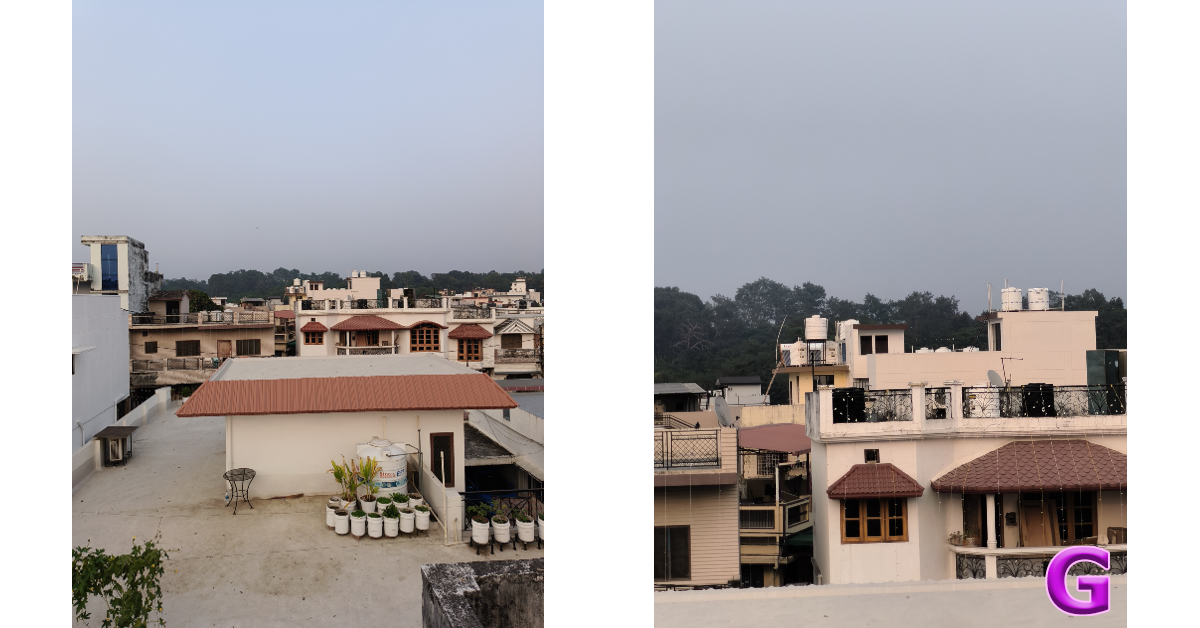 1x v 3x
1x v 3x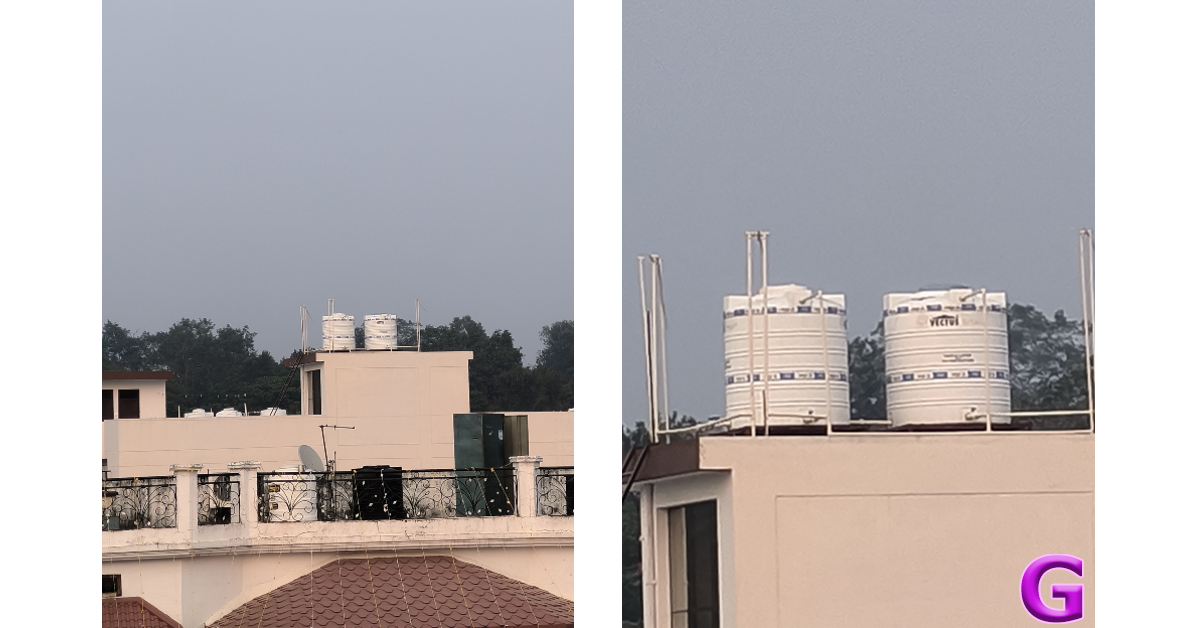 5x v 10x
5x v 10xThe primary camera takes decent images in limited lighting conditions. The Night Mode in the camera app does a good job of brightening the subject and ironing out the grain from the images. However, this comes at the expense of the pictures looking slightly overprocessed. Images taken from the ultrawide camera at night are visibly soft and grainy despite using Night Mode.
When it comes to portrait shots, the Lava Agni 3 puts up a good performance. It does a good job of separating the subject from the background and applies the optimum blur effect. The portraits showcase deep, rich colours and a great level of detail. The 16MP front-facing camera takes vibrant selfies. The skin tone correction is kept to a minimum. The selfie camera can only record 1080p videos. This didn’t bother us too much, as the mini display at the back lets you record 4K videos using the rear camera.
Read Also: How to fix the yellow line issue on Amazon Kindle Coloursoft
Verdict
We like it when smartphone manufacturers aren’t afraid to experiment with design, and it is even better when it pays off. We’re happy to report that with the Agni 3, the experimentation has certainly paid off. The Action button and the mini display serve a functional purpose on this smartphone and are in no way a gimmick. During our week with the device, we found a way to incorporate both these features into our daily usage.
There is a case to be made that the Lava Agni 3 offers the most value in its price segment. The glass back panel, AMOLED display, and telephoto lens are amazing additions to a phone priced at Rs 23,000. The clean, bloatware-free software experience is a big plus too. Sure, the photography experience leaves a little more to be desired, but the Agni 3 puts forward a very strong performance overall.
Lava Agni 3: Pros
- Mini display at the back
- Action button
- Great hardware
- Telephoto lens
- No bloatware
Lava Agni 3: Cons
- Average photography skills
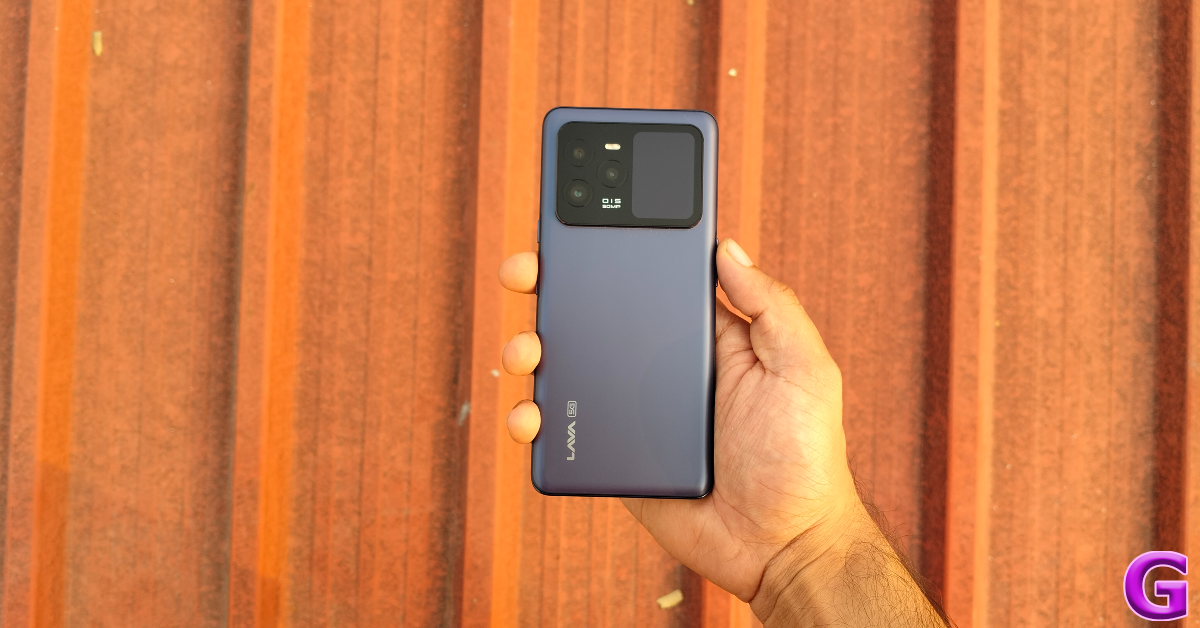
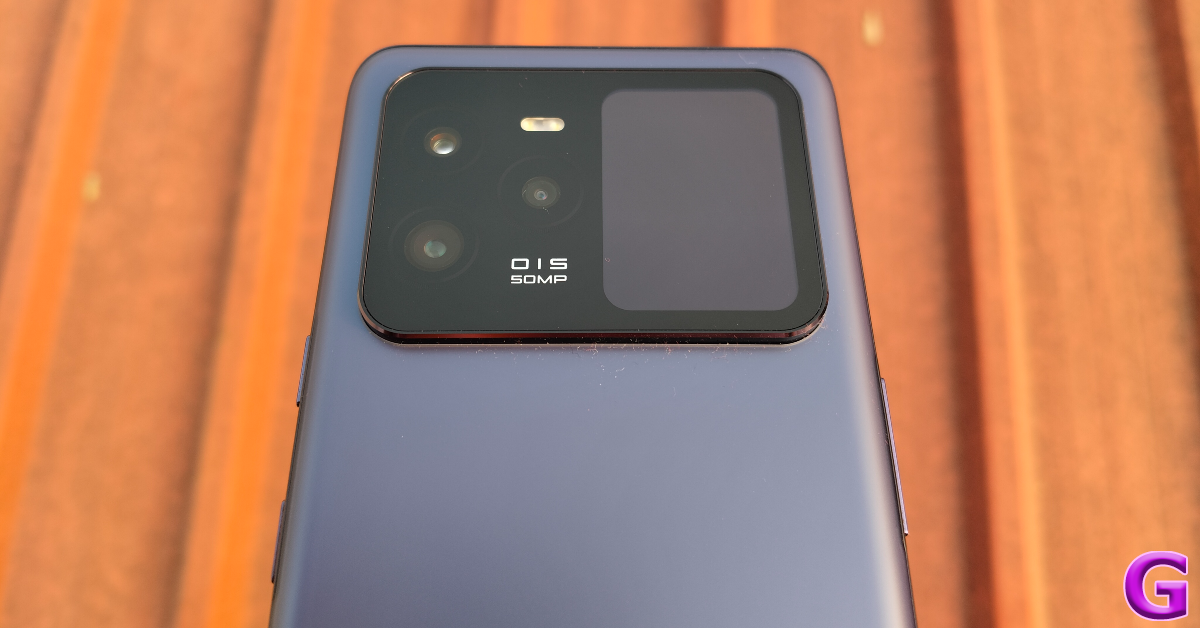
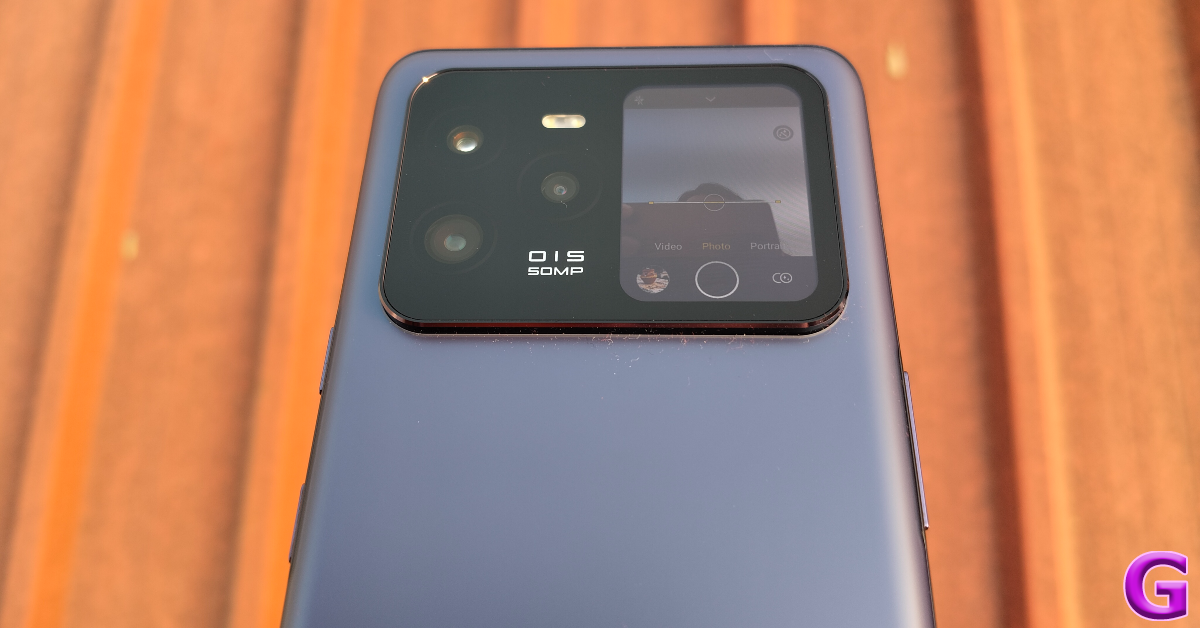
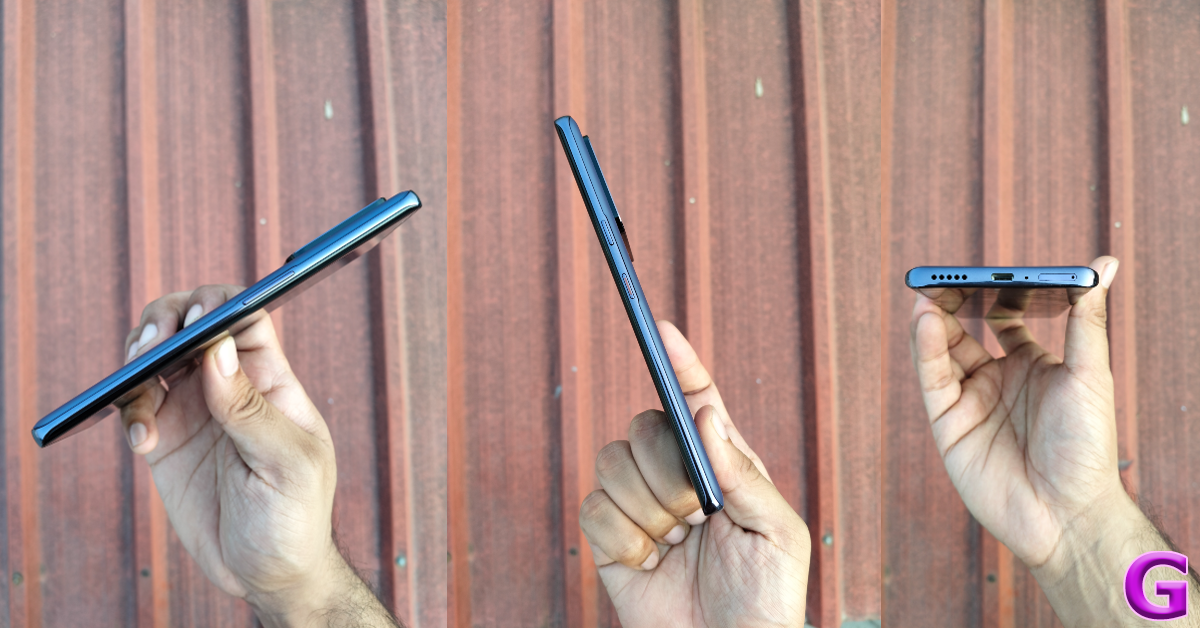
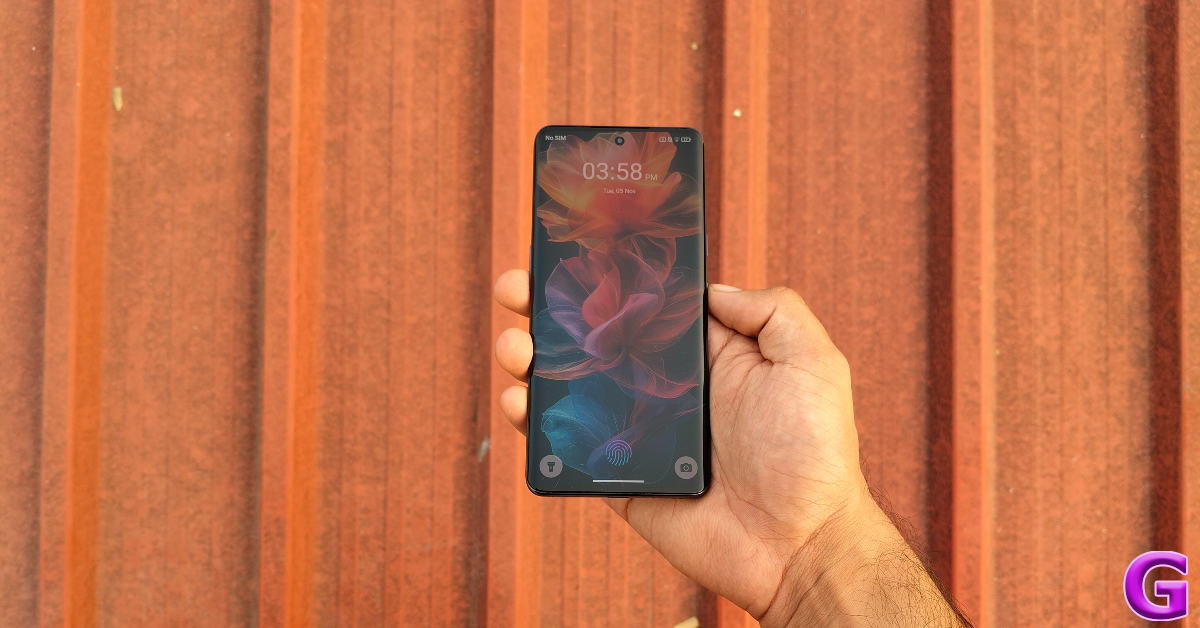
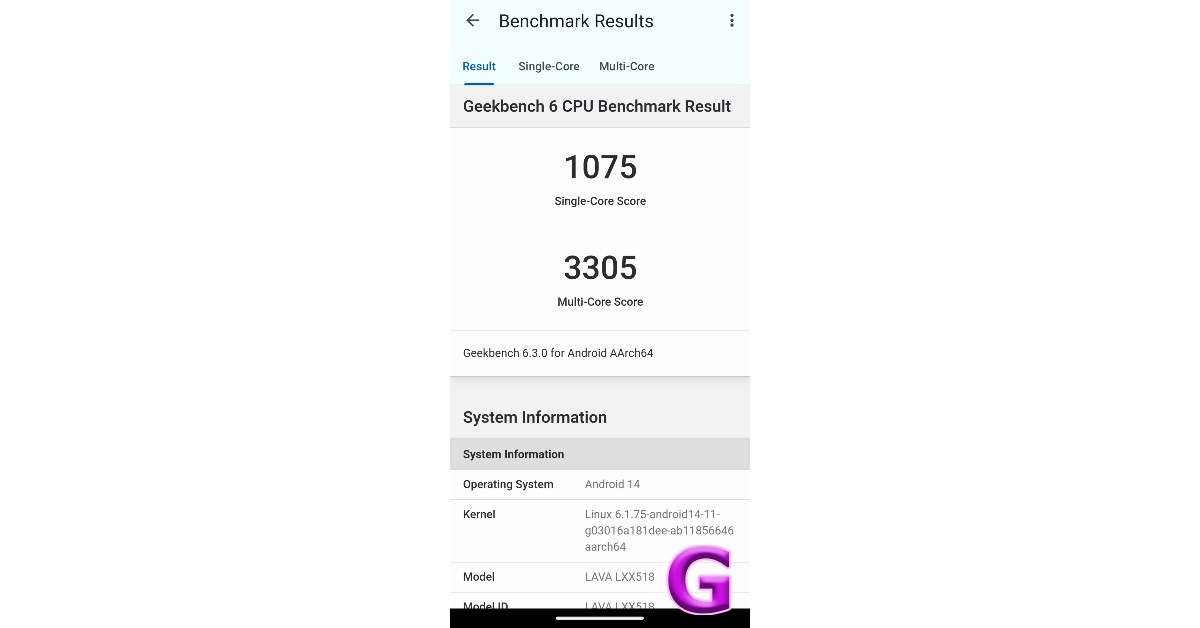
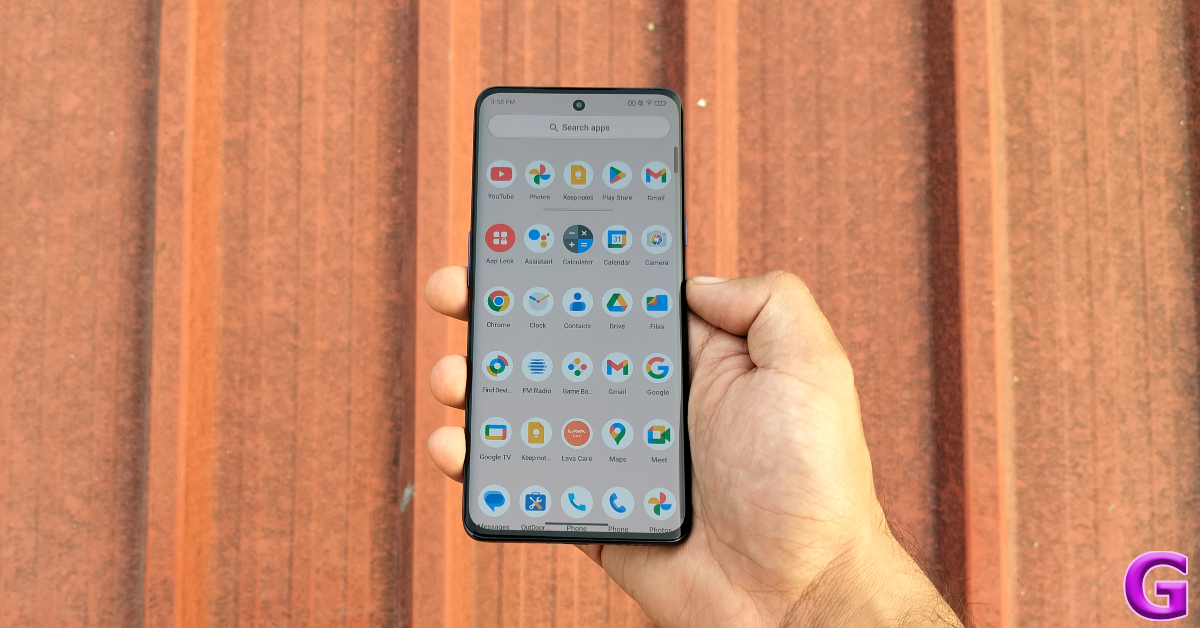
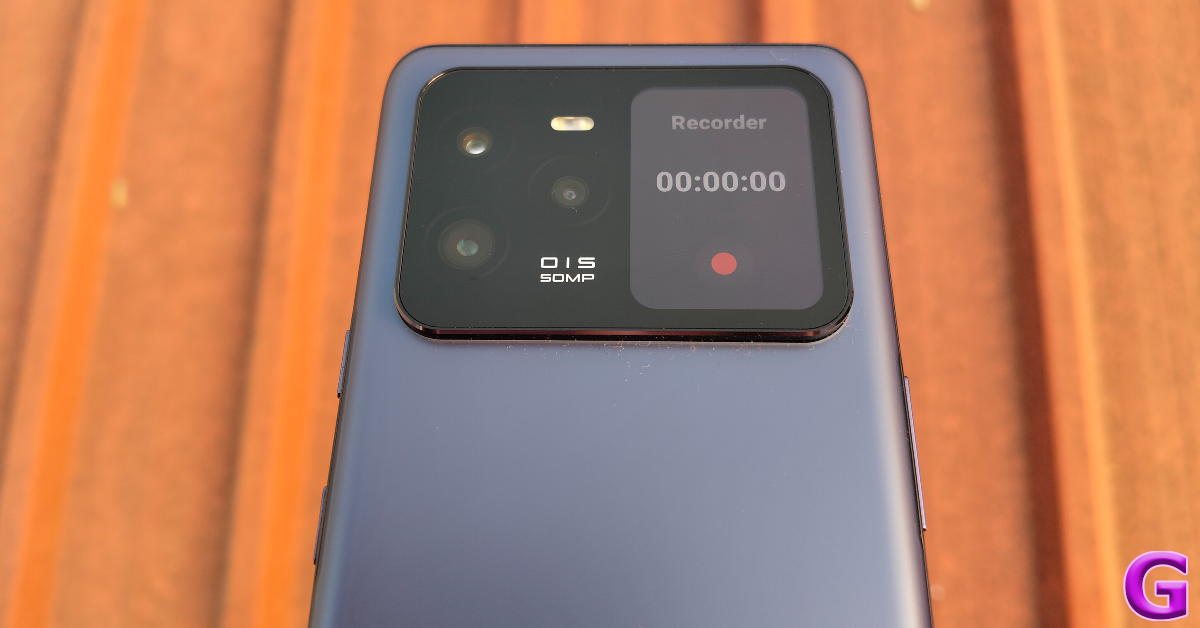
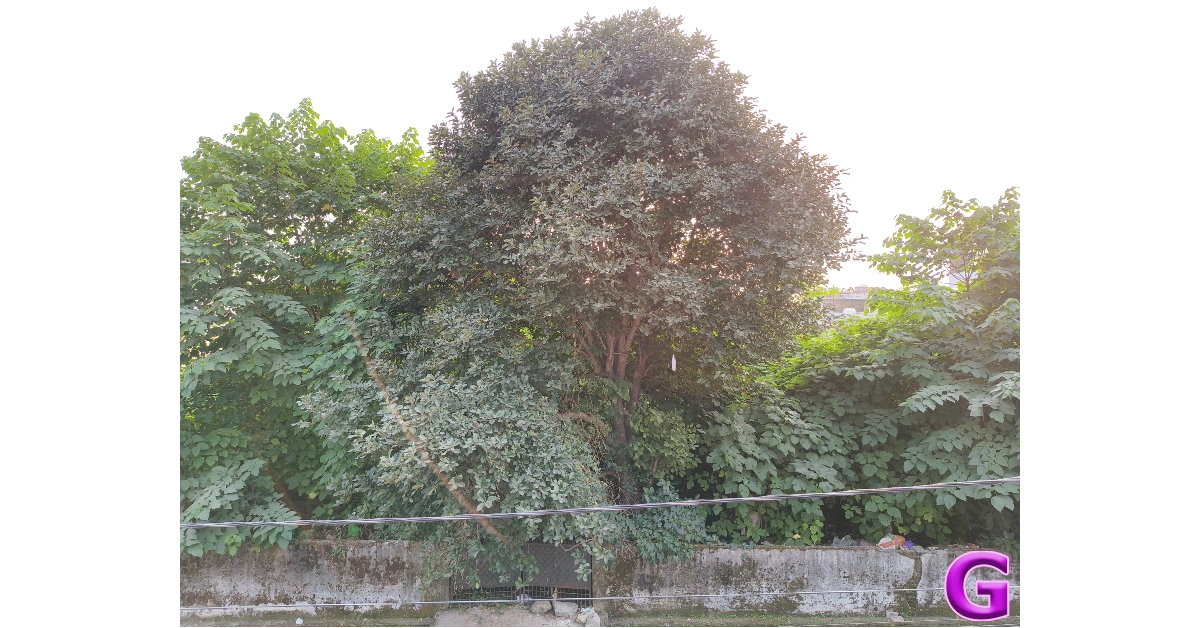
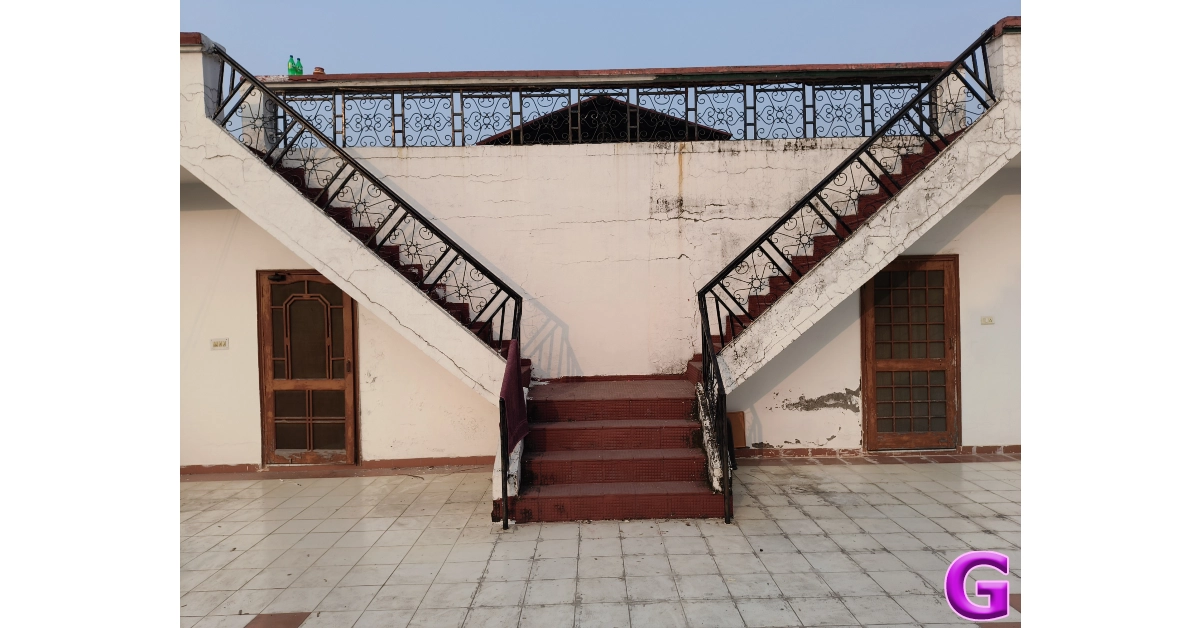
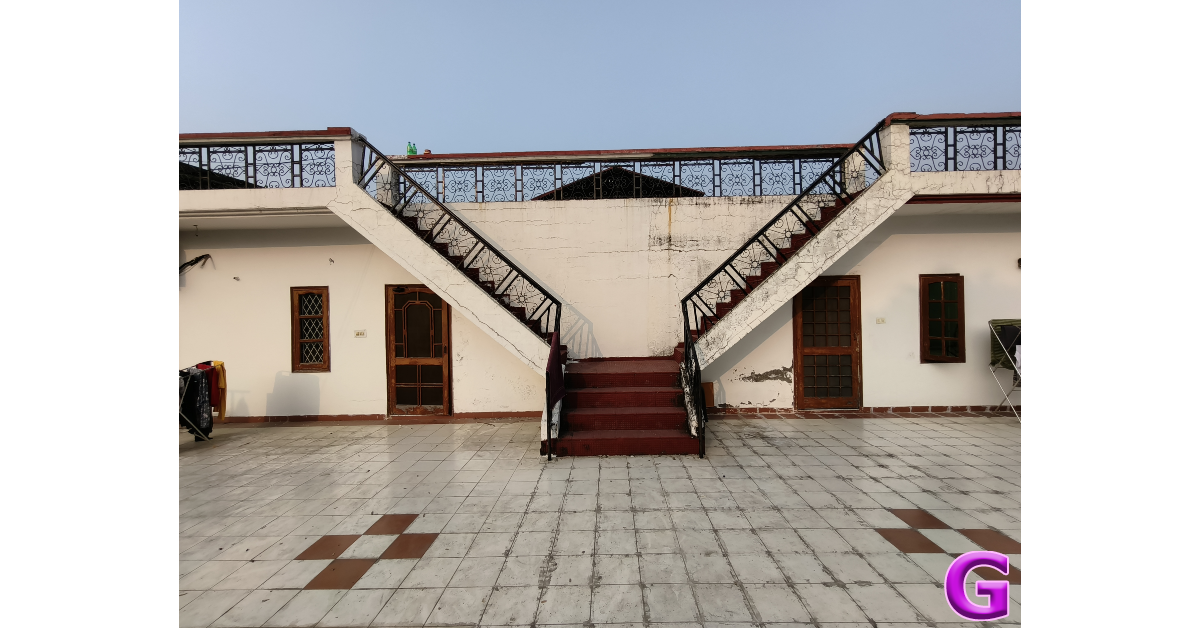
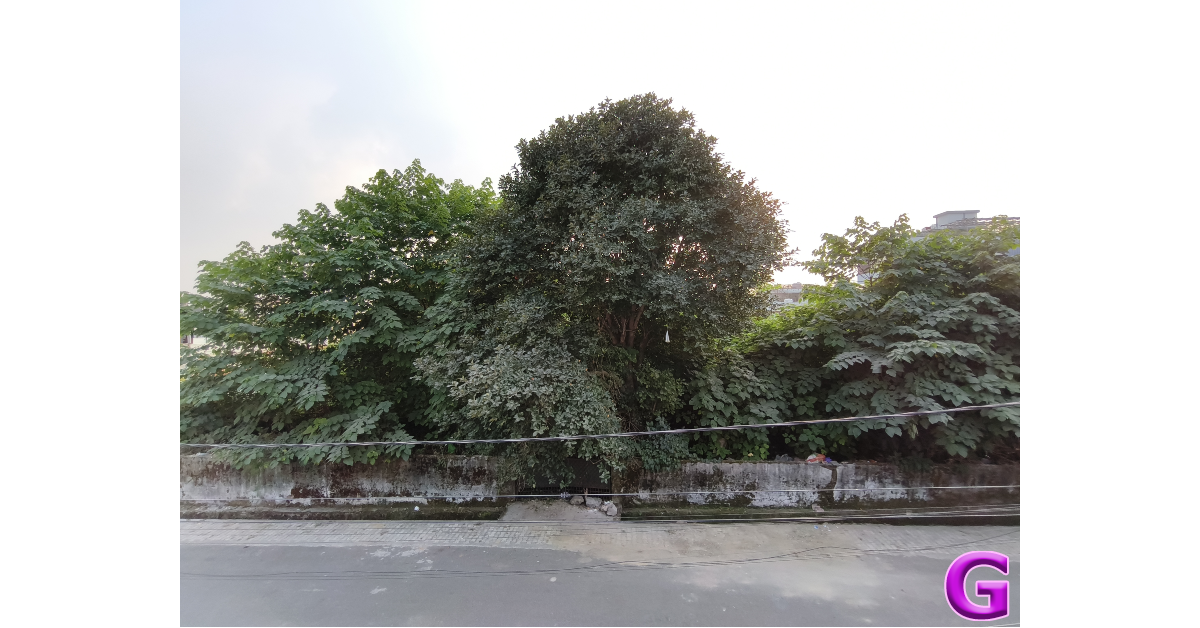
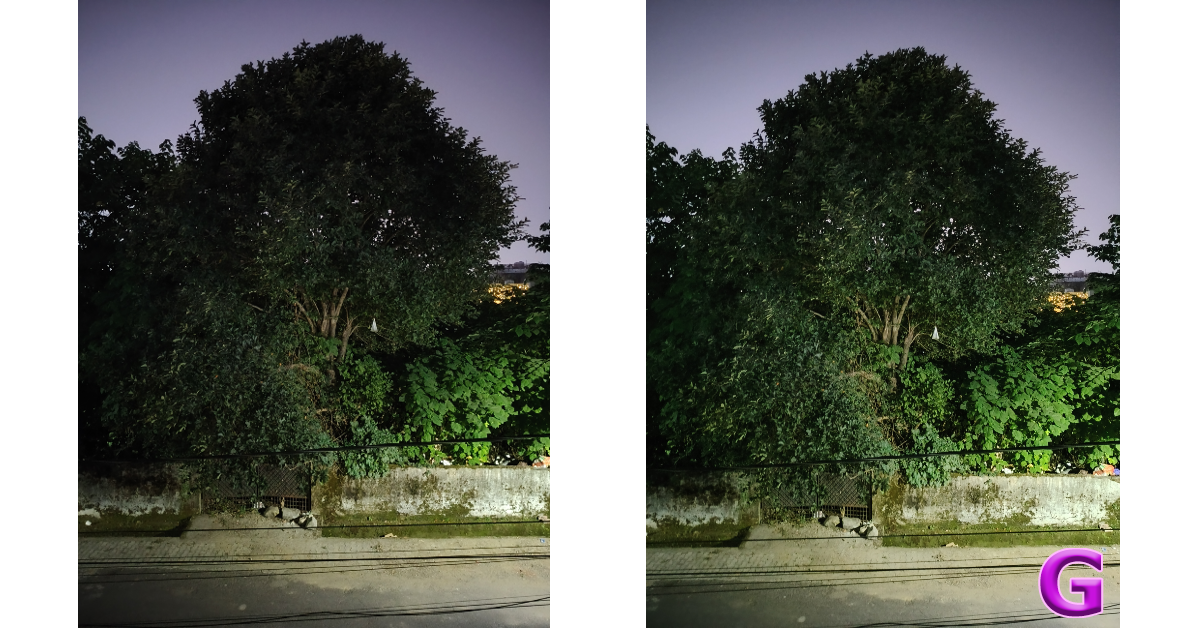
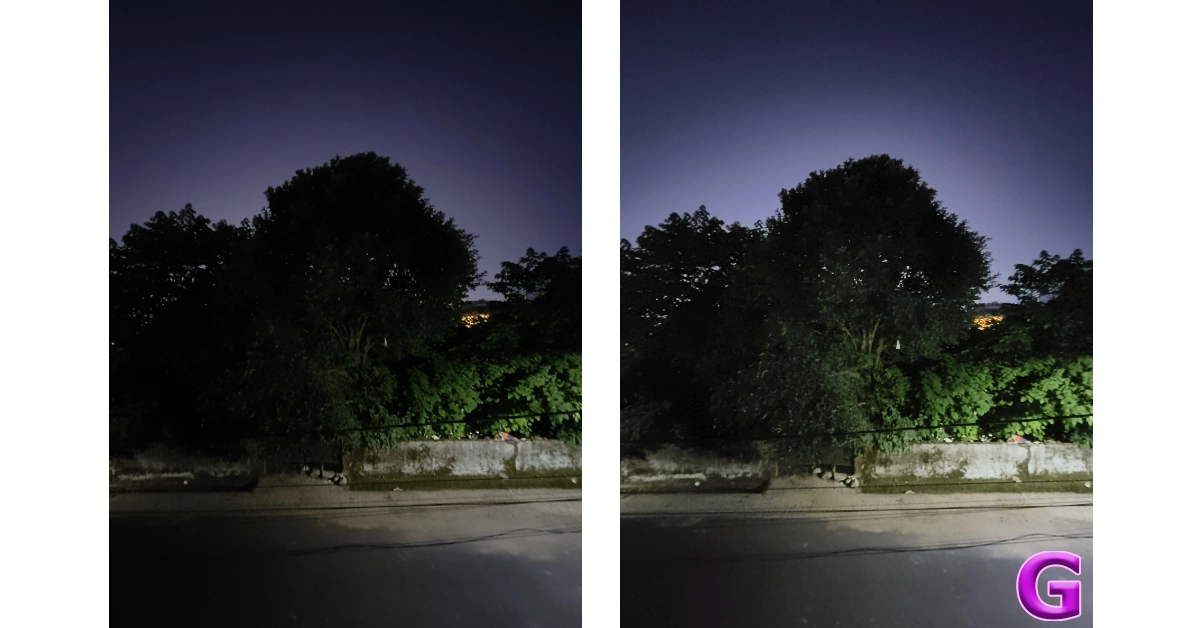
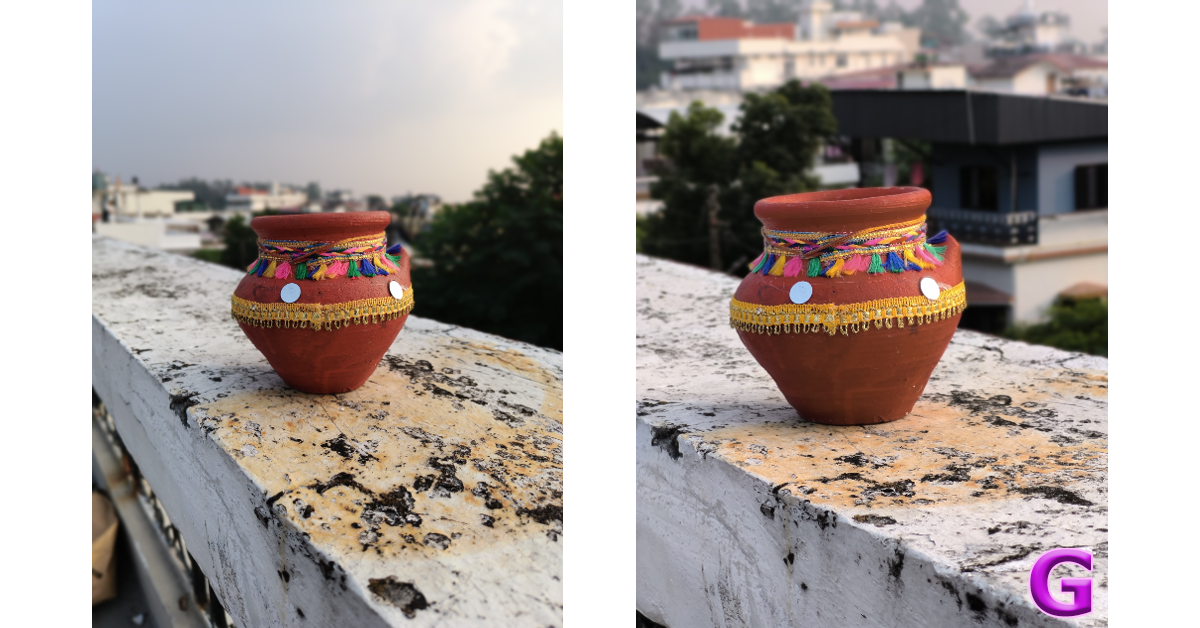




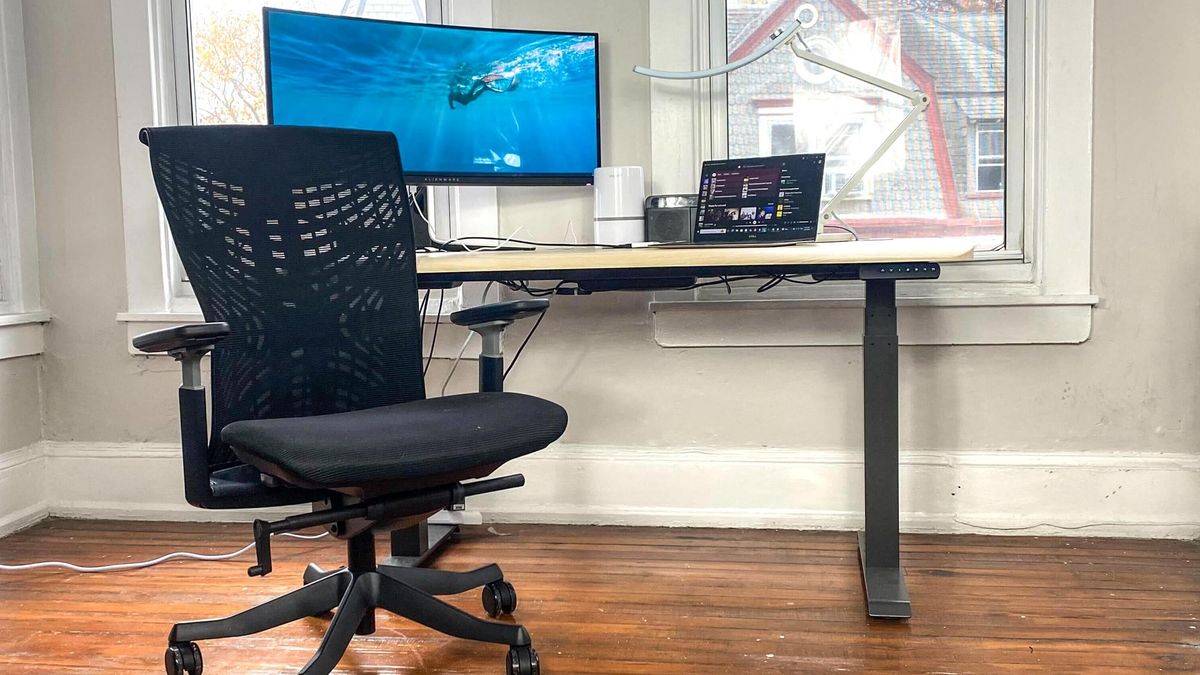
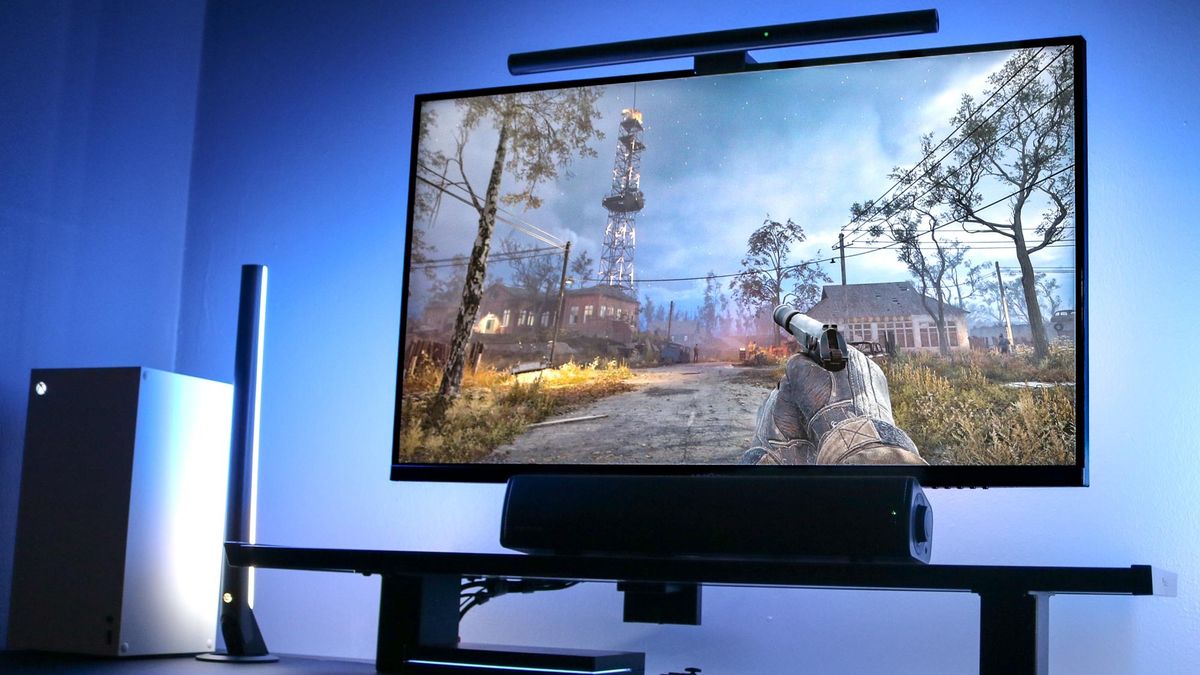


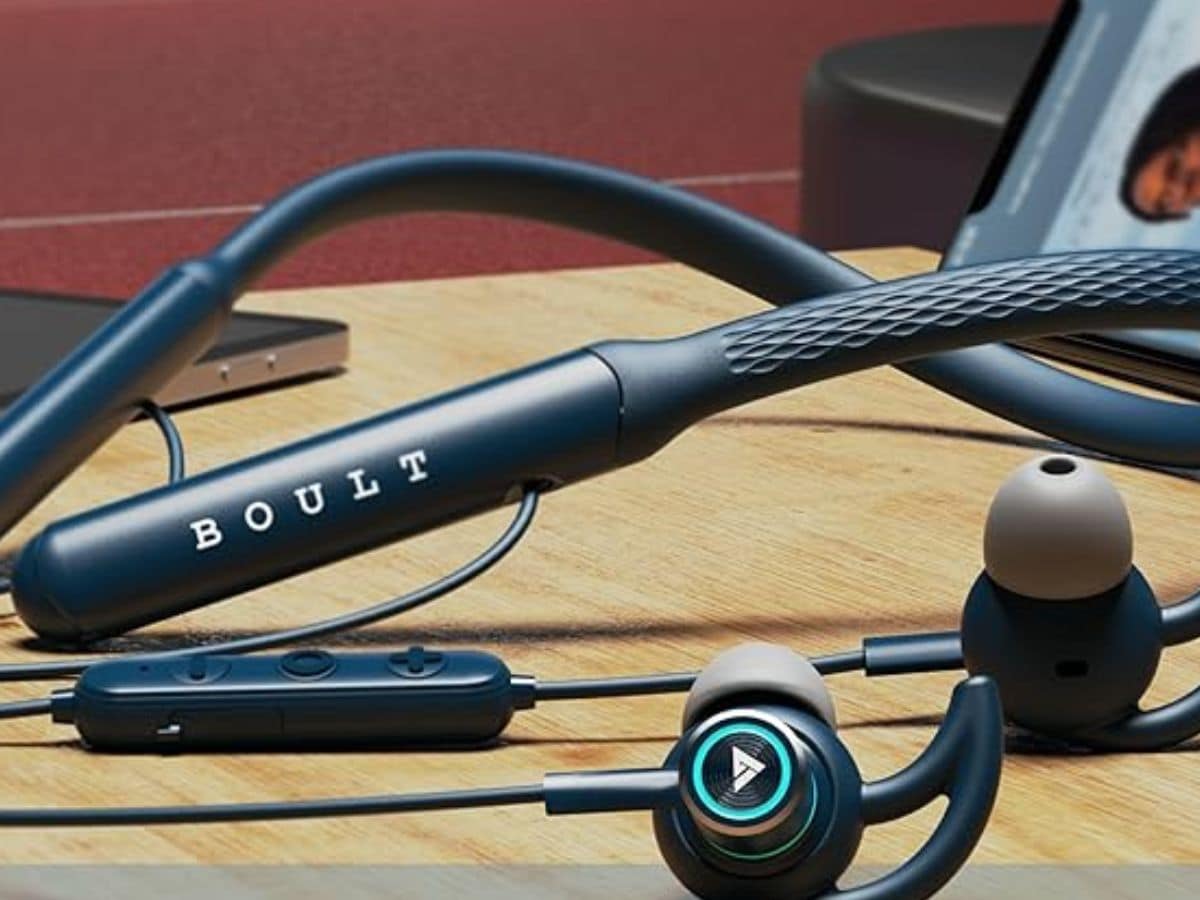

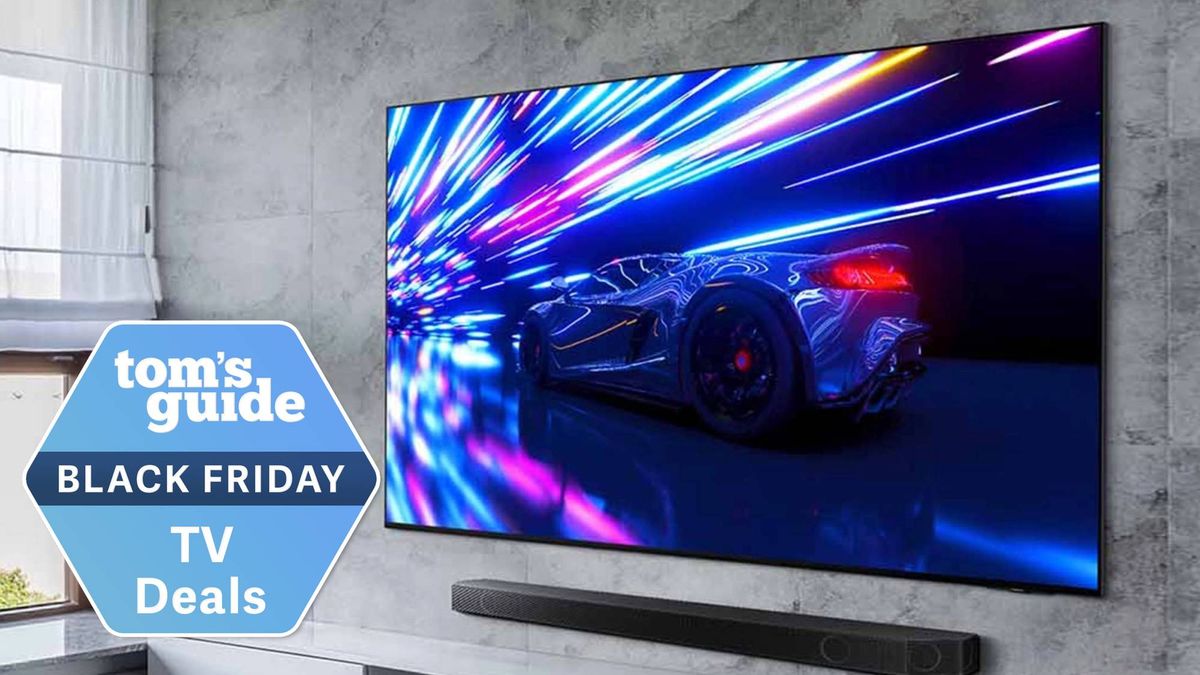









 English (US) ·
English (US) ·